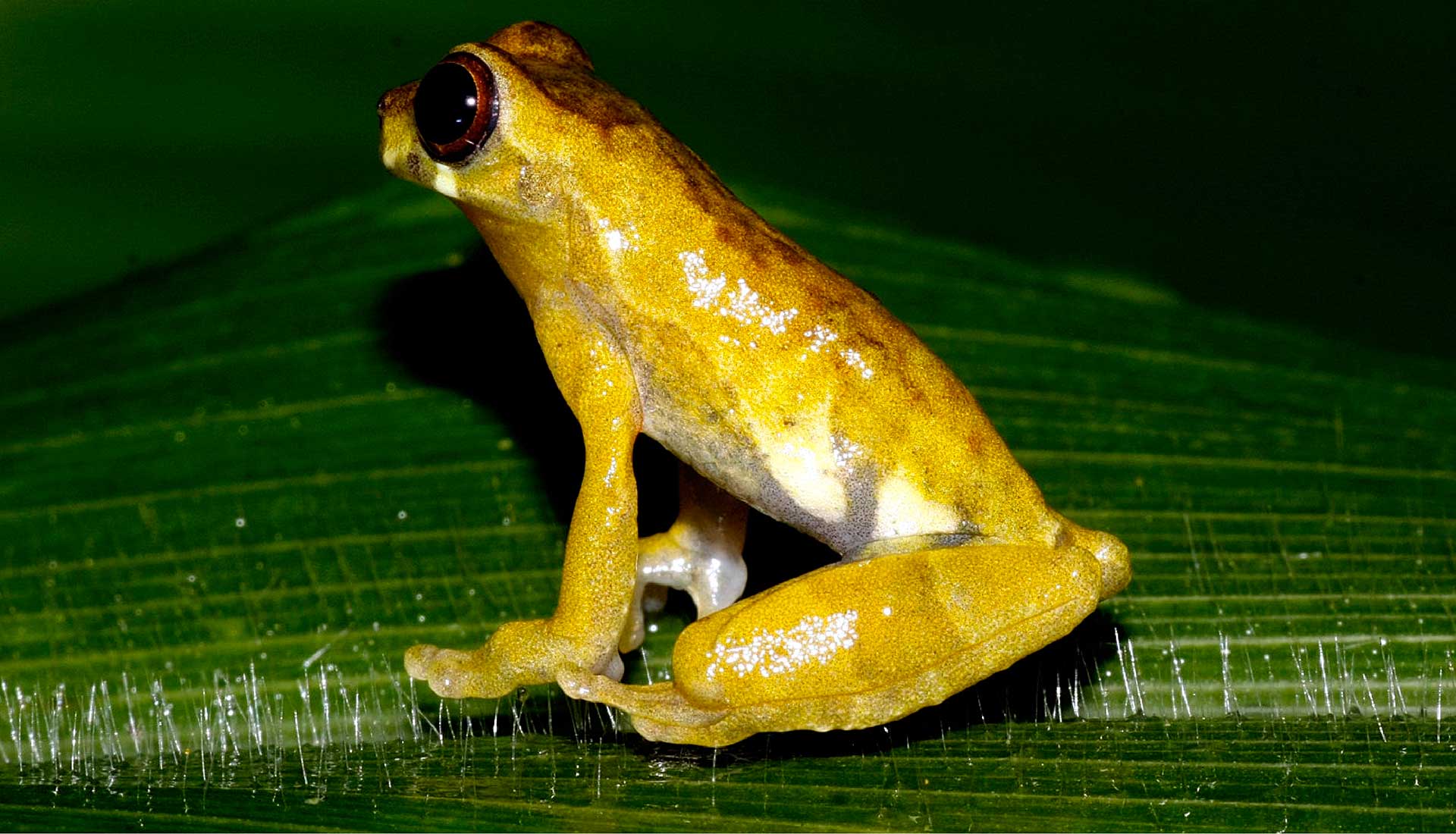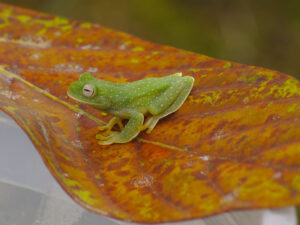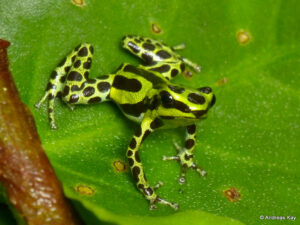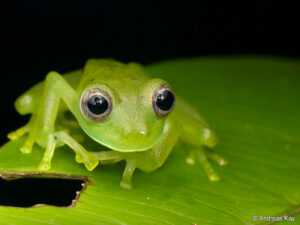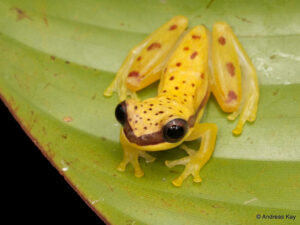19 Feb Amphibians and Reptiles from Ecuador
10 new Amphibian and Reptile species from Ecuador
Ongoing herpetological research has recorded more than 1,200 individuals of reptiles and amphibians in the upper Anzu River area (Bentley et al., Publication pending).
In the upper Anzu area we have recorded 72 species of nine families of Amphibians. This area of the upper Anzu represents an area 131,000 times smaller than the mainland of Europe; but it has almost the same number of species. (Bentley et al., Publication pending). Eight amphibian species in this area are endemic, and 16 species represent new records of distribution by altitude (Ron et al., 2019; Bentley et al., Publication pending).
Several species of the genus, such as Pristimantis bellea and Pristimantis mallii, were discovered in the Llanganates-Sangay Ecological Corridor during the last 6 years (Reyes-Puig et al., 2019, Reyes-Puig and Yánez-Muñoz et al., 2012). At this time researchers have 7 species of amphibians (collected) from the upper Anzu that are new species to science (Bentley et al., Publication pending). Of all amphibians in this area, 30.8% of the species in this area are new species, or are endangered, vulnerable, or near threatened. (Ron et al., 2019; Bentley et al., Publication pending).
Of the amphibians present in Anzu 39% belong to the family Strabomantidae. The family Strabomantidae is composed mainly of the genus Pristimantis. These individuals are unique among the world's amphibians because they do not metamorphose into tadpoles. Pristimantis lay eggs that directly produce developed froglets. This adaptation provides an opportunity to investigate and discover much new information to science about the evolutionary history of this taxon and others.
Crystal Frogs, such a beautiful and charismatic group, are very diverse in the eastern piedmont of the Andes. Six species of the Centrolenidae are recorded in the upper Anzu. These froglets are characterized by their transparent skin. Unlike the Strabomantidae, Glass Frogs lay their eggs on leaves and branches, above eyes and pools of water, where the embryos develop for several months. Eventually the developed tadpoles move downstream, where they move on to the next stage of metamorphosis (Yánez-Muñoz et al., 2010).
Source and photos: Aguanta Pastaza and Sumak Kawsay In Situ

